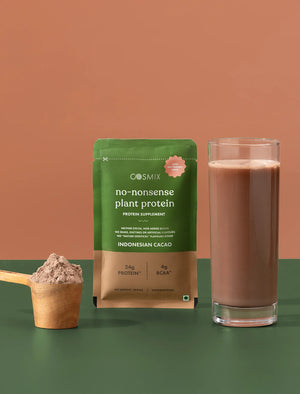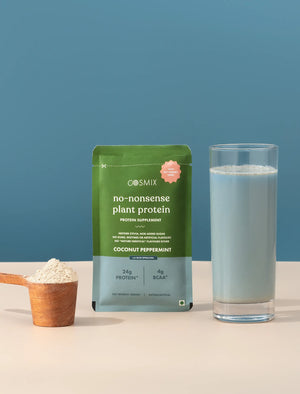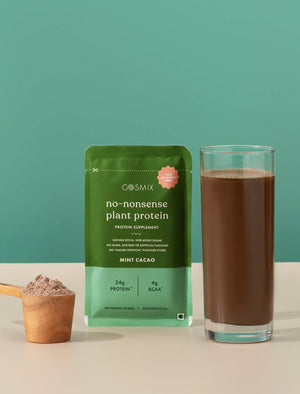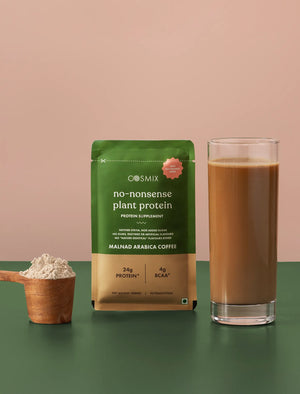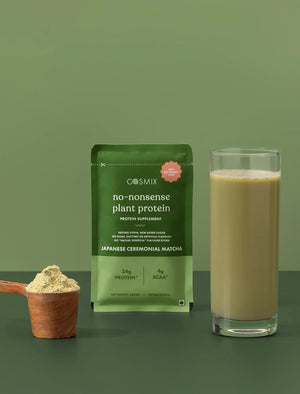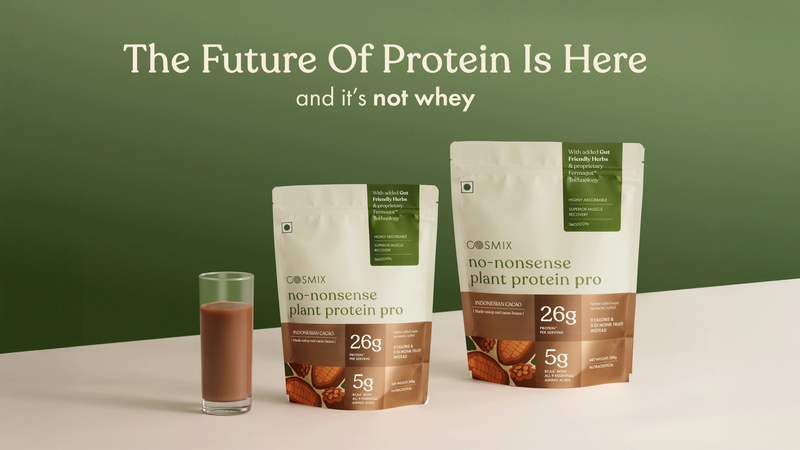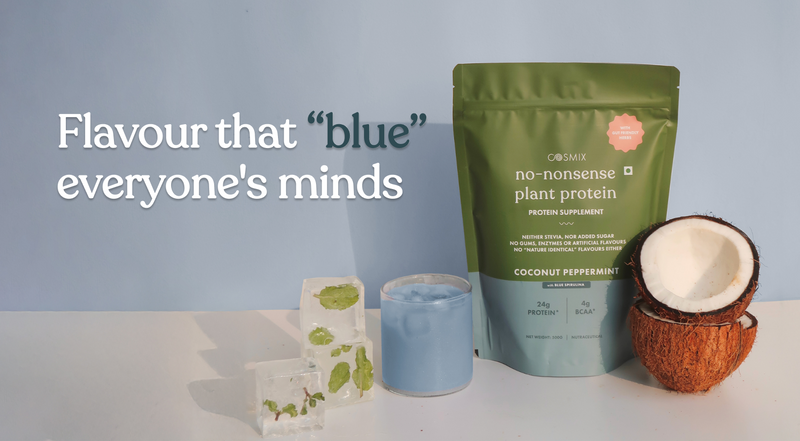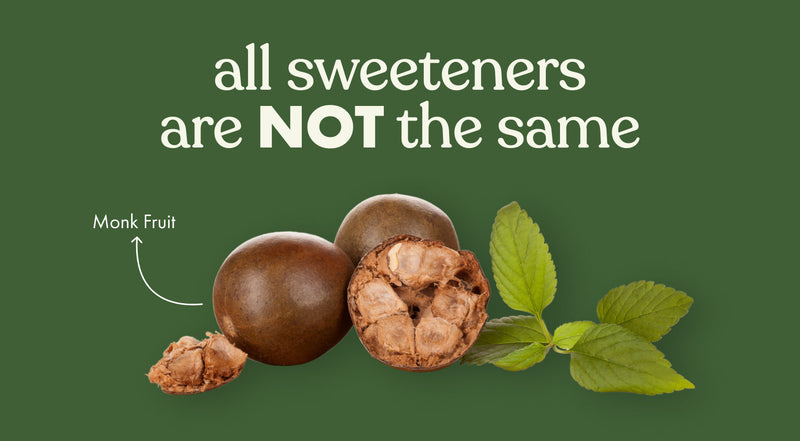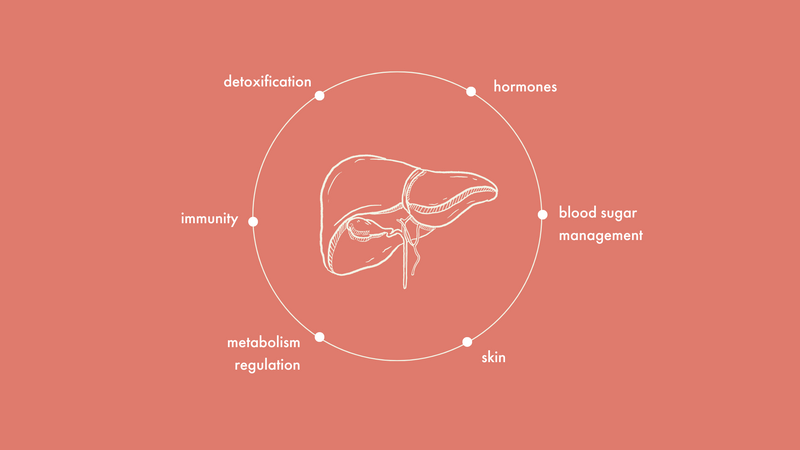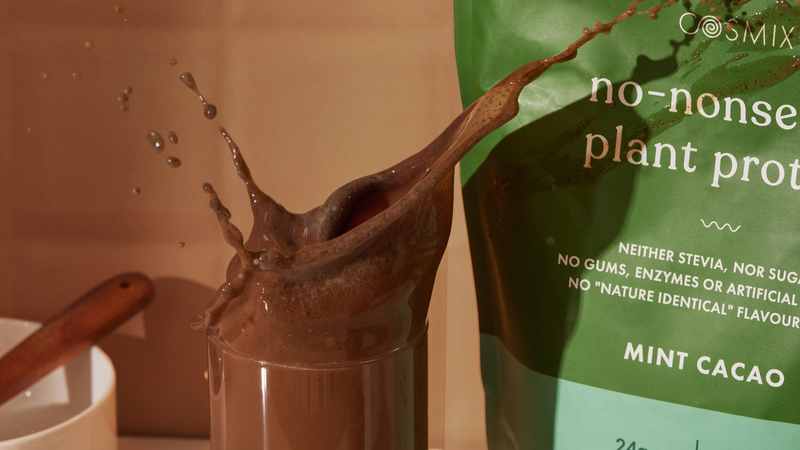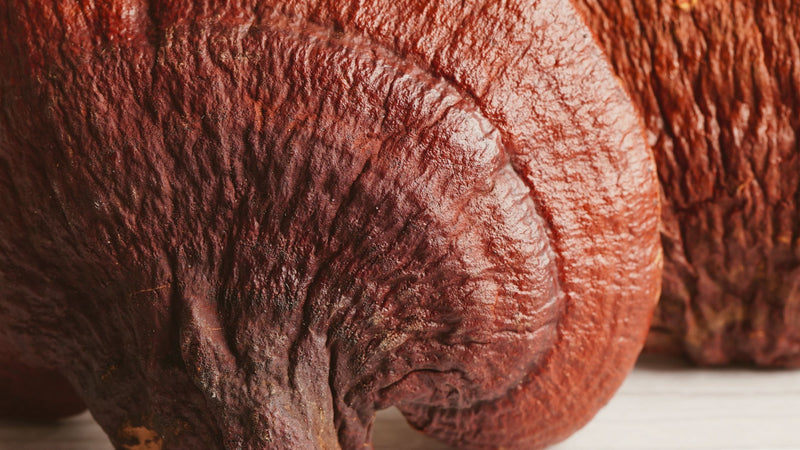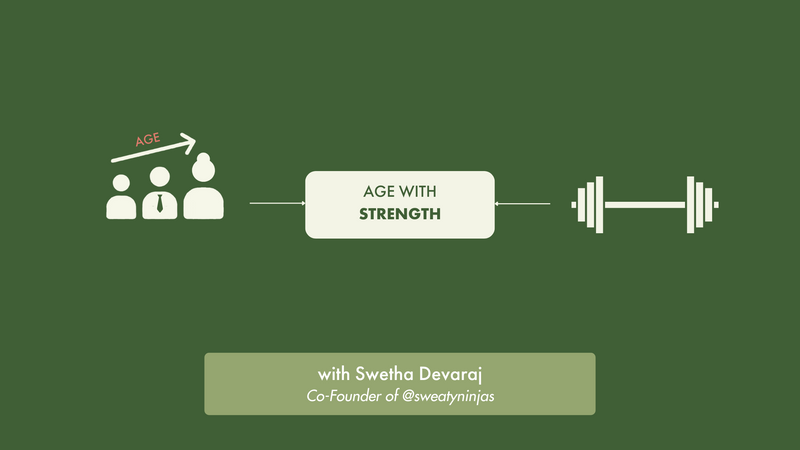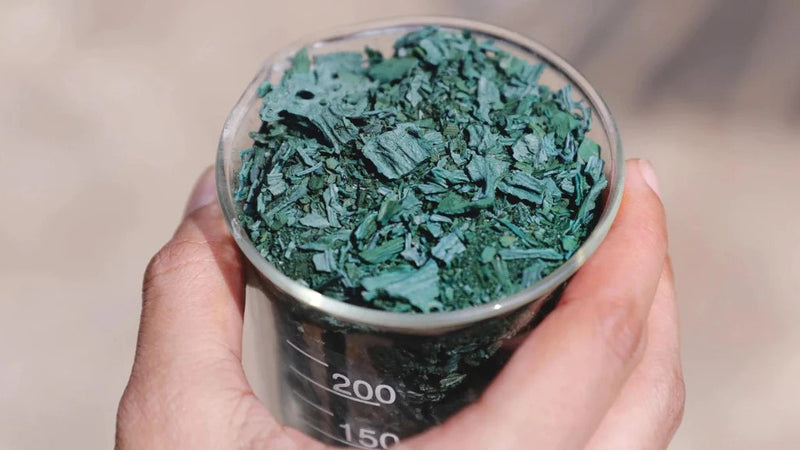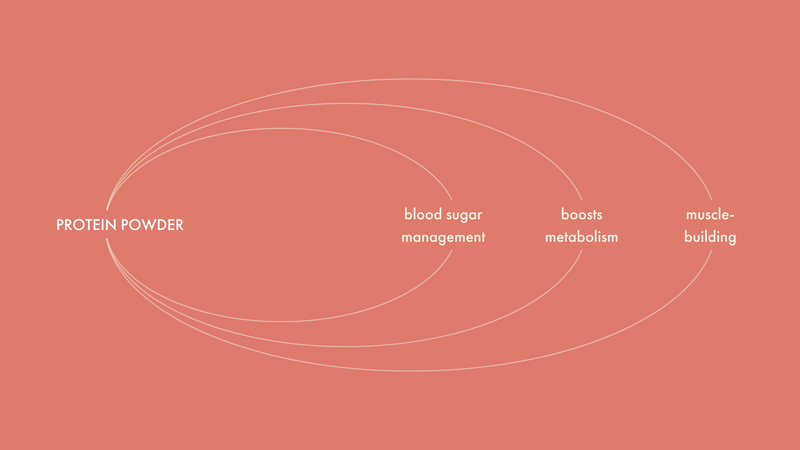
Get extra 5% OFF on orders above
Get 10% OFF on your first order over
Good news! We're passing on the full GST benefit - wellness just got more accessible.
You may also like

Indonesian Cacao
931 reviews
Regular price
Rs. 2,243
Regular price
Rs. 2,492
Sale price
Rs. 2,243
Unit price
/
per

Kerala Vanilla Bean
400 reviews
Regular price
Rs. 2,243
Regular price
Rs. 2,492
Sale price
Rs. 2,243
Unit price
/
per

Assorted Pack of 5 pro sachets
12 reviews
Regular price
Rs. 803
Regular price
Rs. 845
Sale price
Rs. 803
Unit price
/
per

Chikmagalur Mocha Pro
146 reviews
Regular price
Rs. 2,603
Regular price
Rs. 2,892
Sale price
Rs. 2,603
Unit price
/
per

Healthy Hair
444 reviews
Regular price
Rs. 590
Regular price
Rs. 694
Sale price
Rs. 590
Unit price
/
per

My Happy Gut
600 reviews
Regular price
Rs. 590
Regular price
Rs. 694
Sale price
Rs. 590
Unit price
/
per
Try a new protein flavour
Get 5% OFF on orders over
Get 15% OFF on orders over
Order summary
0 items
Subtotal
Rs. 0
Tax included. Shipping calculated at checkout.
lock Secured checkout
- Choosing a selection results in a full page refresh.








